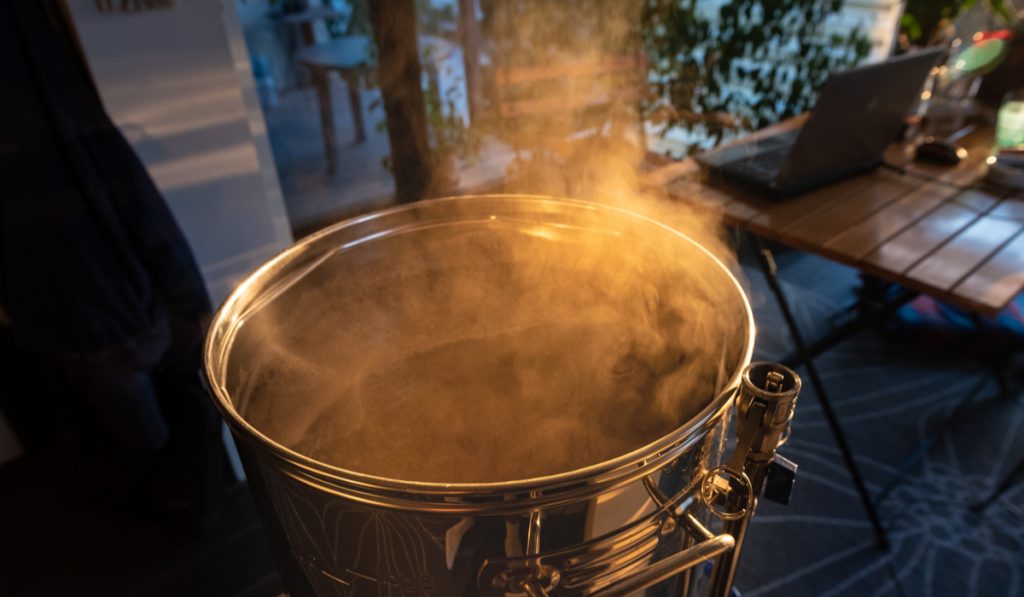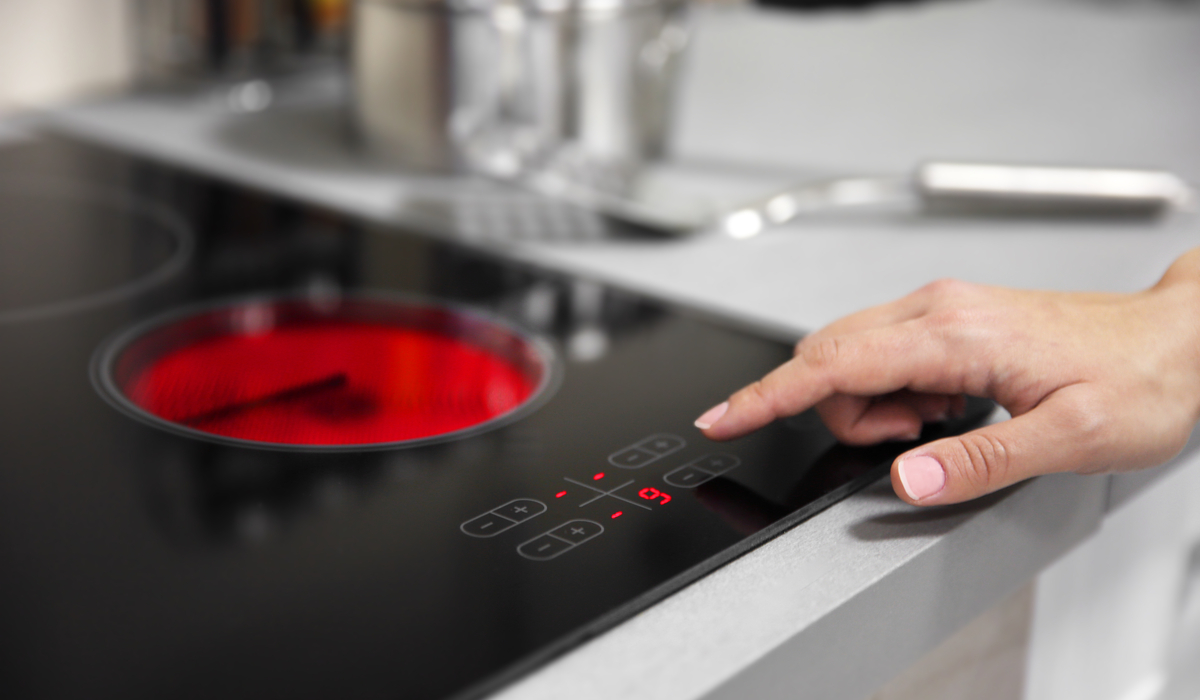Can You Brew Beer on an Electric Stove? (Is It Effective?)
We have all been in that uncomfortable spot of wanting to start a new hobby but lacking some of the tools required for the job. Thankfully, when it comes to brewing beer, you can get away with a little bit of “MacGyver-ing” and some creativity.
So you have your 5-gallon pot made of shiny stainless steel. You are sitting on enough fermentation devices to trick a stranger into thinking you’re a chemist, but you are burdened with an electric stove.
Can you brew beer on an electric stove?
A professional brewery wouldn’t use an electric stove, but electric stoves are perfectly capable of brewing a smaller batch of beer. Five gallons seems to be the maximum amount you should brew with an electric stove.
Read on to learn all the ins and outs of brewing beer on an electric burner and how it can actually be preferable to its gas-powered competition.

Table of Contents
The Pros and Cons of Electric Stovetops for Brewing Beer
Unfortunately, the electric stovetop is not without its drawbacks.
Typically, most brewers will go out of their way to buy specialty propane burners that they will place outside to help in the brewing process. However, this can prove to be a disadvantage to the aspiring brewer.
Pros
- You don’t have to spend your hard-earned cash on a propane burner.
- You can brew beer during inclement weather and the winter months.
- You save a considerable amount of time on setup and preparation — just flick on the stovetop.
- It is much easier to get a consistent temperature across batches when you know exactly how hot it will be inside your kettle.
- You do not have to worry about gassing up your home. Carbon monoxide is responsible for over 400 deaths a year and 50,000 emergency room visits. This is a genuine concern for brewers in a room with little airflow or proper ventilation.
- If you are one of those mythical multitaskers people keep talking about, you can brew several batches (five gallons or less in total) at once.
Cons
- The voltage required for homebrewing might be more than a lightweight electric stovetop can handle. A stovetop with a ground-fault circuit interrupter outlet is highly recommended for personal safety.
- The lengthy time it takes for an electric stovetop to bring liquids to an aggressive boil inside your kettle could negatively affect the wort, which is why it is so important to keep your batches on the smaller side.
- You are limited to smaller batches than a heavier duty gas burner, making more ambitious batches impossible on an electric stove.
- The time it takes to homebrew can become a problem if you are looking to prepare dinner due to the homebrew “hogging” your stovetop, making it a bit less efficient.
- If you are cooking up a batch in the house, everyone in the house will smell the pungent aroma of beer brewing, whether they want to or not.
- Maintaining the temperature on an electric stovetop can prove challenging for larger quantities.
As long as you are aware of the advantages and the shortcomings of an electric stove, you should be fine to use it.
Problems will arise when you do not respect the limitations of your circuitry-based buddy. Otherwise, you should be golden!
Tips and Tricks for Brewing on an Electric Stovetop
To help you utilize the electric stovetop to the best of your microbrewing ability, we will cover a few things you will need to pay attention to when you are in the trenches of the brewing process.

Types of Stovetops
First, you should identify which type of electric stove you have: spiral coil, smooth top, or induction.
For spiral coil and smooth top stoves, you will want to take advantage of the individual stovetop with the largest landmass of the four burners.
A smaller surface can make the heating process required to make wort quite lengthy. To avoid this, use your largest stove burner.
If you have an induction stovetop, then congratulations, you will have a much easier time getting the kettle to a rolling boil.
An induction stove is the most preferable of the three types of electric stovetops.
Aluminum Kettles (Pots)
Stainless steel kettles (pots) may be the premier tool for brewing, but they are not the only choice.
Aluminum kettles can reach higher temperatures faster due to their ability to conduct heat efficiently.
If you find your wort is not reaching the desired heat, it needs to cook down properly. Perhaps switching from stainless steel to aluminum for future batches is in order.
When using a new aluminum pot, boil water in it for 30 minutes before brewing so that a layer of oxide can form to protect the beer.
Try Lighter Beers
Even suggesting a lighter blend of beer will probably have some of you leave the page in disgust. However, the truth is that darker, more grain-intensive beer takes quite a bit longer to heat up.
So if you can let go of those stout-colored dreams and take your batch into lighter shades, you may reach the desired boil you need.
Something to think of when brewing is that for every ingredient added to the kettle, the longer it will take to come to a satisfactory boil.
Cover the Kettle
If your wort isn’t boiling, there is little point in staring at the depths of its room temperature insides.
To help aid the heating process, cover the top of your kettle with a lid and let the smothered air do some of the work for you.
You can also wrap the outsides of the kettle in aluminum foil to trap more heat in the kettle.

Conclusion
You don’t have to do any of this just yet; pick and choose what works for you. Let it ferment in a dark, cool spot in your mind for about 2 to 3 weeks and decide then.
Brewing humor aside, there are legitimate, electric-only microbreweries that have made this gasless alternative work for them.
So you should certainly be able to benefit from the means you have at your disposal without dipping into your child’s college fund!







